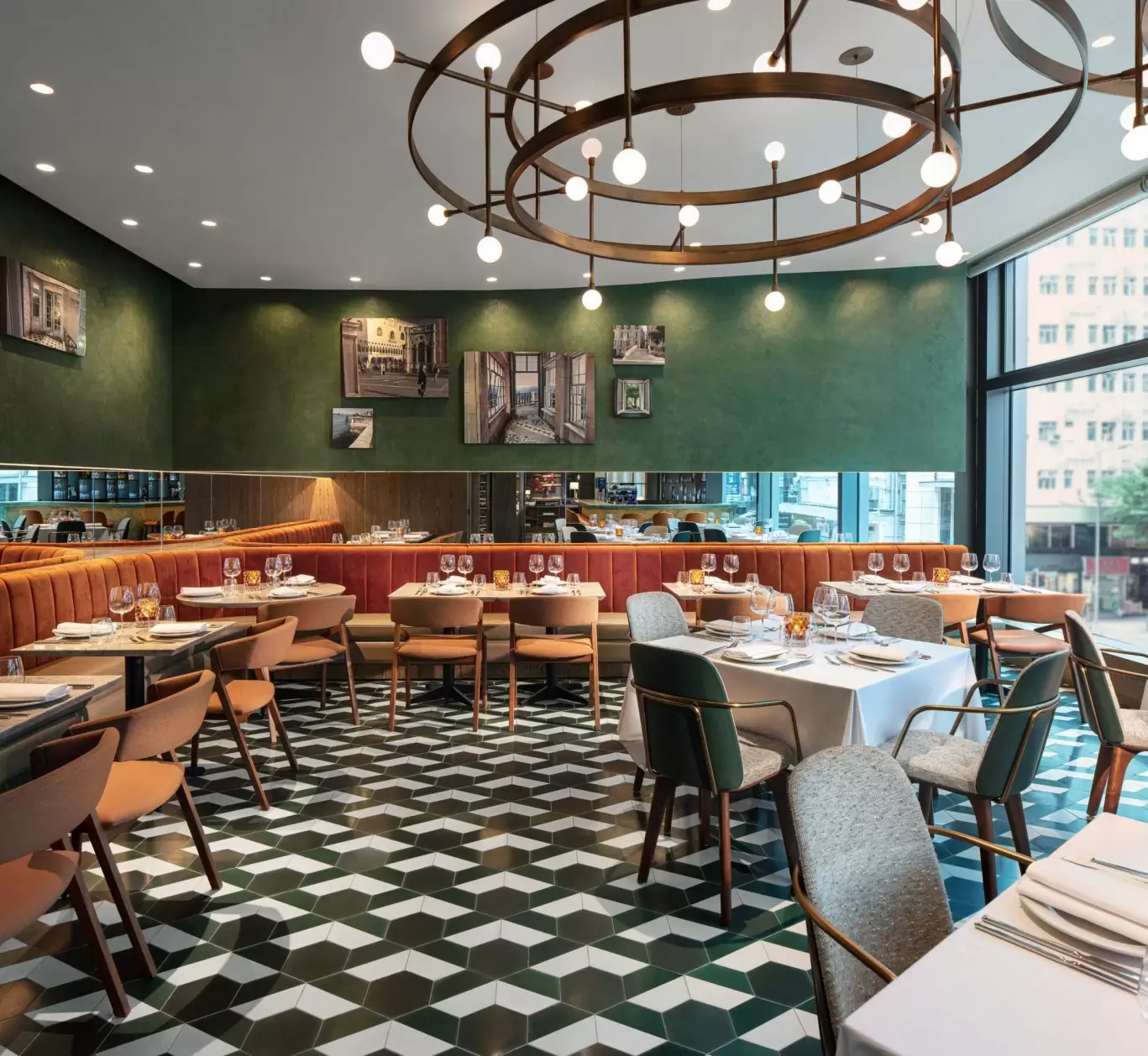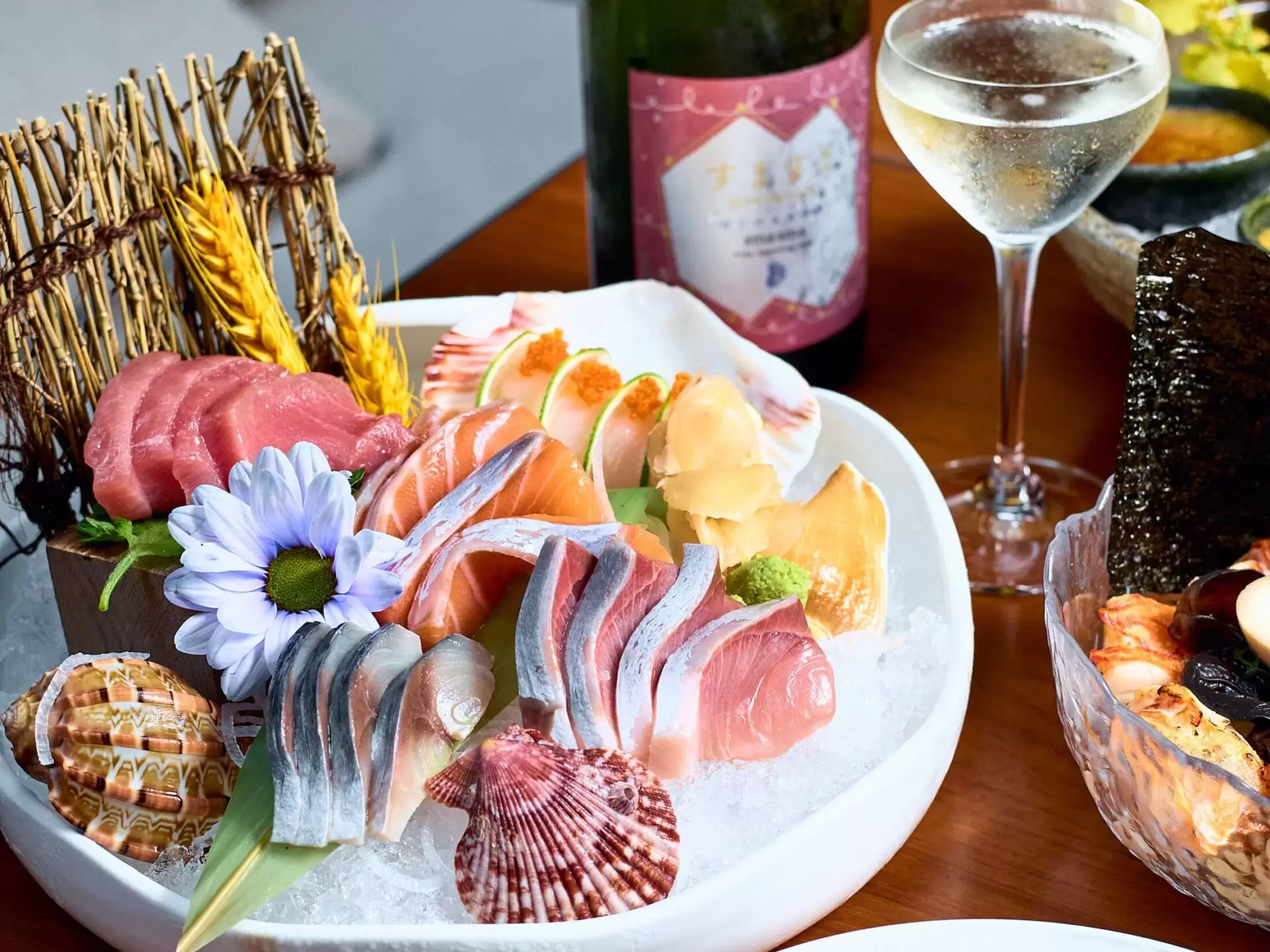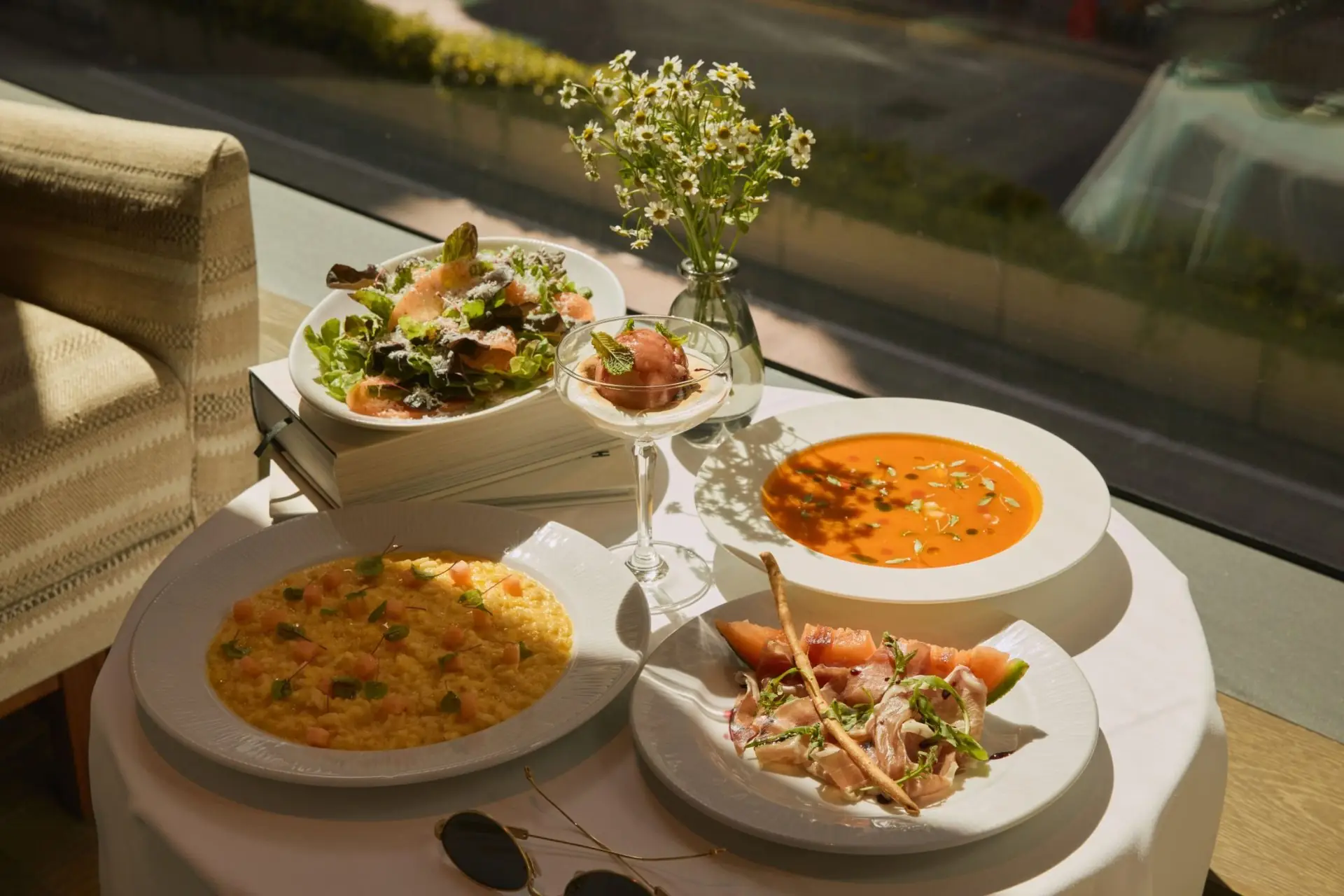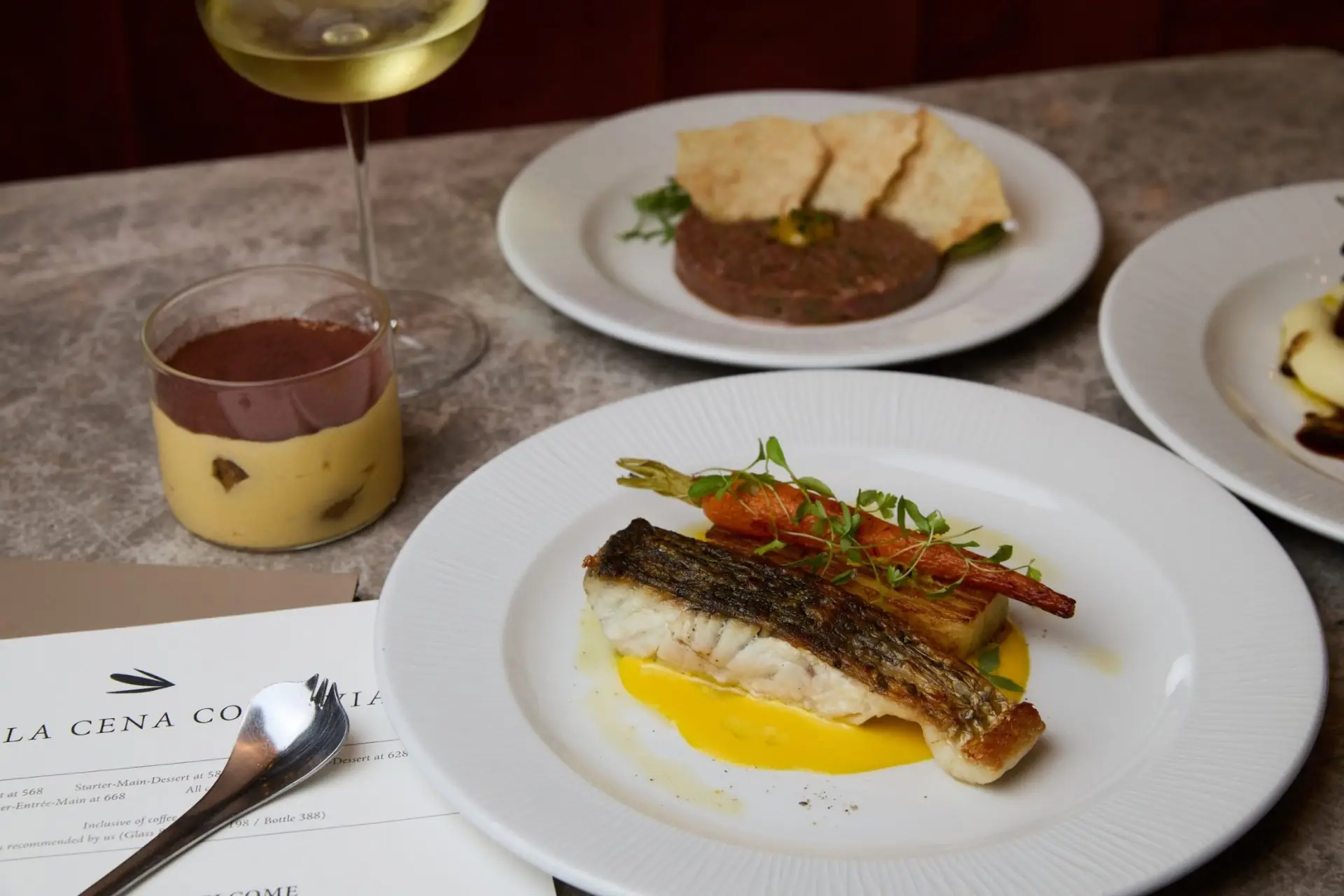Home
Japanese culinary culture has a long and profound history, rooted in traditions such as “one soup, three dishes,” the use of seasonal ingredients, and an emphasis on the natural flavors of food. Evolving from the kaiseki cuisine of the samurai era to the diverse home-style dishes of today, every meal emphasizes aesthetic appeal, color balance, and thoughtful pairing of dishes.
Characteristics of Japanese Culinary Culture
Japanese food culture places great importance on seasonal awareness and the use of ingredients at their peak. With four distinct seasons, each brings its own specialty ingredients: in spring, clams and sea bream are enjoyed during cherry blossom viewing; in summer, abalone and asparagus are savored; in autumn, matsutake mushrooms and chestnuts are incorporated into dishes; while in winter, warming ingredients like oysters and duck are favored. Chefs meticulously craft dishes according to the season, ensuring that the cuisine not only satisfies the palate but also connects people with nature.
Japanese cuisine also pursues aesthetic and artistic expression: emphasis is placed on food presentation, the selection of tableware, and the precision of ingredient cutting. It seeks to engage all five senses—sight, smell, taste, and touch. Chefs change tableware and presentation styles with the seasons, enhancing the ceremonial aspect of the dining experience.
Lastly, deeply influenced by the spirit of etiquette, the Japanese value humility, gratitude, and respect for ingredients. Common table manners include waiting until all dishes are served before starting a meal, placing hands together and saying “Itadakimasu” (“I humbly receive”) before eating, and expressing “Gochisōsama deshita” (“Thank you for the meal”) afterward. This is not just politeness but a way of showing appreciation for the ingredients and the chef’s efforts.

























